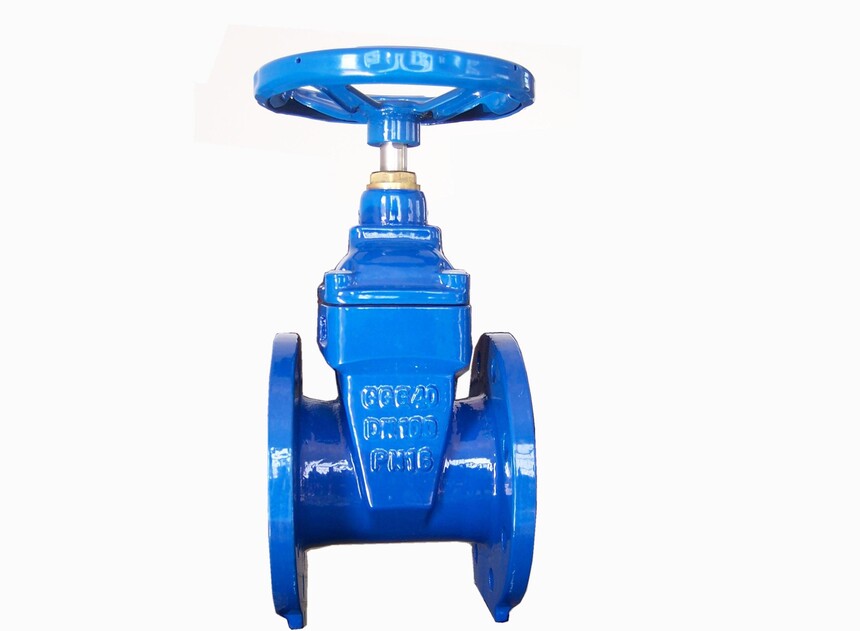|
Marine Valves: Essential Components for Safe and Efficient Maritime OperationsMarine valves are critical mechanical devices used to control the flow of fluids, gases, and other media in marine environments. From ships and offshore platforms to submersibles and desalination plants, these valves ensure the safety, efficiency, and reliability of maritime systems. This article explores the types, applications, 1. What Are Marine Valves?Marine valves are engineered to withstand harsh conditions such as saltwater corrosion, high pressure, and extreme temperatures. They regulate the flow of liquids (e.g., fuel, ballast water) and gases (e.g., steam, air) in pipelines and systems aboard vessels. Properly functioning valves prevent leaks, system failures, and environmental hazards. Key Features of Marine Valves:
2. Common Types of Marine Valves and Their UsesChoosing the right valve type depends on the application. Here are the most common marine valves and their purposes: 2.1 Gate Valves
2.2 Globe Valves
2.3 Ball Valves
2.4 Check Valves
2.5 Butterfly Valves
2.6 Safety Valves
3. Key Applications of Marine ValvesMarine valves are integral to various systems on board vessels and offshore structures:
4. How to Maintain Marine Valves for LongevityRegular maintenance is crucial to prevent leaks, corrosion, and system failures. Follow these steps: 4.1 Inspect for Corrosion and Wear
4.2 Lubrication and Cleaning
4.3 Test Valve Operation
4.4 Upgrade to Modern Designs
5. Choosing the Right Marine Valve SupplierSelecting a reliable supplier ensures quality, compliance, and timely delivery. Look for:
6. Why Marine Valves Matter for Your Business
7. ConclusionMarine valves are the backbone of maritime operations, ensuring the seamless flow of fluids and gases in challenging environments. By understanding their types, applications, and maintenance requirements, you can enhance the reliability and safety of your marine systems. Call to Action: If you’re looking for high-quality marine valves or expert advice, contact a trusted supplier today. Stay ahead of the curve with solutions tailored to your vessel’s needs! |

